Column
Filter by Process Zone:
Finding Balance: Robotic Machine Tending Tips
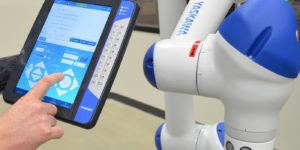
Robotic automation of machine tending can add value to operations in more ways than one. By considering these concepts and combining best practices with high performance robots and peripherals, operational inefficiencies will diminish, paving the way for a more productive future.
Compensation for Dimensional Accuracy in Laser Tube Cutting
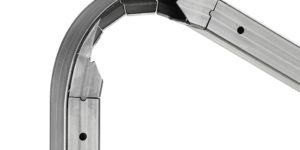
This is now a defining element in laser tube processing as shops compete within narrower pricing margins to meet product demands for improved quality and enhanced features. Here’s why.
Three Considerations When Purchasing Equipment
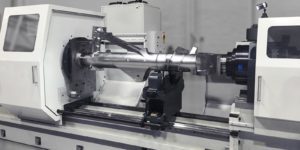
Here are a few things to consider before shopping that will help you find the equipment and terms best suited to your needs.
Think Like a Customer or Lose the Sale

Conventional wisdom tells salespeople to put the customer first, but never think like them. But here’s why that simply doesn’t ring true.
Seven Critical Steps for Submitting Samples for Electropolishing
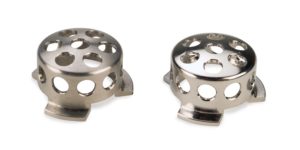
Recognized for the uniform, bright polish it leaves on metal surfaces, electropolishing is highly effective for finishing small, complex, fragile parts as well as larger parts. To properly test its effectiveness, it’s important to submit your sample parts in the correct way to ensure the best results.
What You Need to Know About Weld Anatomy and Joint Geometry
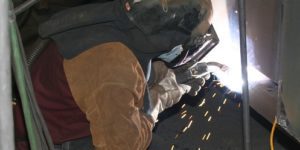
Are you wasting lots of time and money on welds that are larger than they need to be, particularly on thicker materials? Or dealing with inconsistent quality or increased crack sensitivity due to welds with improper dimensions? There are many different ways to design welds that strike the best balance between weld quality and productivity.
The Practical Impact of Industry 4.0 – Part 1: The Digitalization of Processes
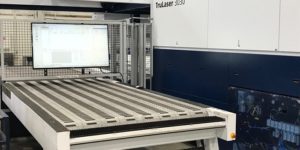
Anytime you must “go and see” something that could be transmitted electronically is an opportunity to connect. Anytime you read data from one place and copy or send it to another is an opportunity to automate. And here’s the great thing: If you are just starting out, it’s pretty easy to take small steps.
Show Me the Money: Costing and Quoting in the Metal Fabrication Industry
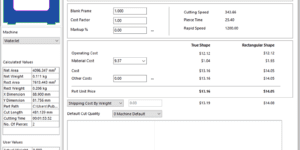
Few factors have a bigger impact on the sales, health, and bottom line of your business than costing and quoting. Most of us realize that if we set our prices too high then our products and services will not sell, but the problem is often the opposite: we price too low. How do we set prices?
Tool Measuring Systems and RFID Working: A Powerful Combination

Efficiently moving information around your shop floor is more important than ever. Connected through RFID, a shop can now use a tool presetter to monitor things never monitored before and use that data to fine-tune processes, reduce inefficient costs like scrap and waste, and make the factory floor smarter, streamlined, far more efficient and competitive.
Prevent Slug Pulling with the Right Die Clearance

Proper die clearance allows for upper and lower fracture lines to connect. The typical stamping industry rule of thumb is to use 10 percent material thickness as clearance between the punch and die button, but this guideline does not take into account variable material types. What is the optimal die clearance?
What Does “Collaborative” Really Mean?

Human-robot collaboration is changing manufacturing operations by helping shops deal with competitive pressures and a lack of skilled labor, but it is not a “one size fits all” solution. Before you invest, consider the different forms of robotic collaboration and how they apply to your entire application.
How to Clean Welds Faster With a Wire Brush

Saving even a few minutes with each weld cleaning can add up over time in the welding operation. Here’s how to choose the right wheel for the job and the best practices to follow that will optimize performance and efficiency when using wire brushes.



